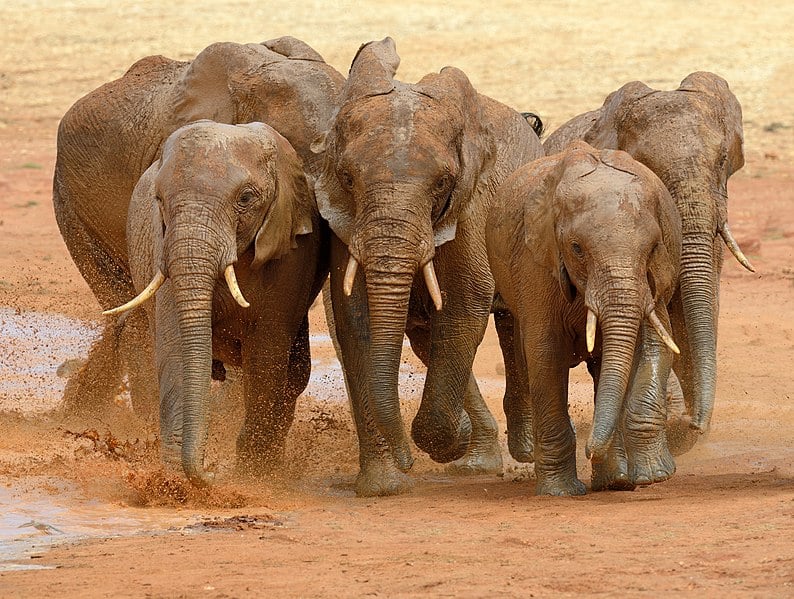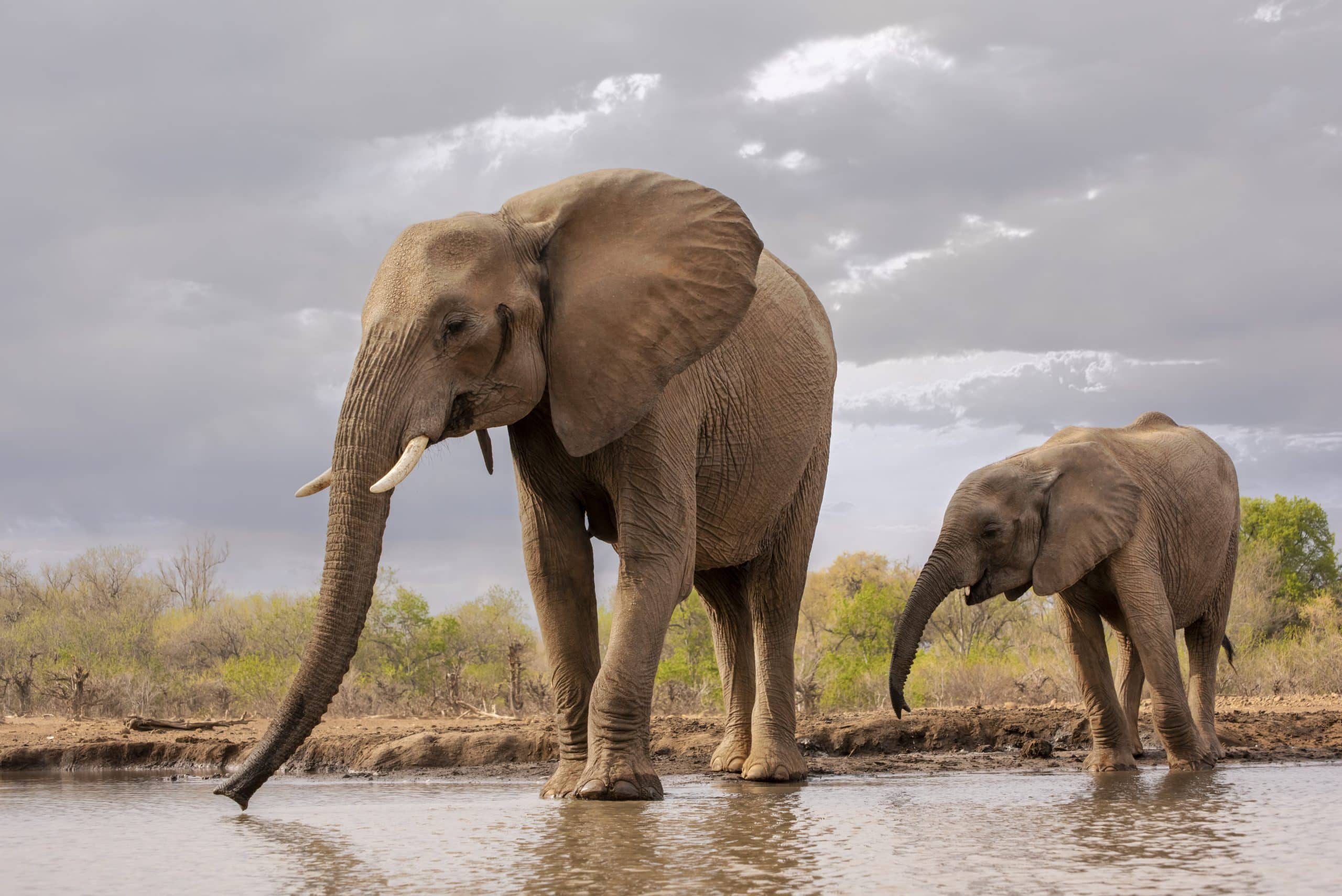The research from an international team of scientists published in Molecular Biology and Evolution, investigated molecular interactions of the p53 protein that gives protection against cancers.
When an organism grows, its cells continue to replicate and there is a higher chance of cancerous mutations.
The bigger the organism, the more cells there are with more chances for mutations as it gets older, so in theory large animals with long lifespans like elephants should have higher rates of cancer than smaller ones with short lives.
However, this is not always the case in large species with elephants estimated to have only a five percent cancer mortality rate compared to 25 percent for humans.
One of the keys is that elephants have 20 different copies of a tumour-suppressor gene called p53, while humans have only one copy.
The protein encoded in the gene stops a cell dividing once it detects DNA damage or mutation.
If the p53 gene is not working properly, it results in damaged cells multiplying and cancerous tissue accumulating.
“This intricate and intriguing study demonstrates how much more there is to elephants than impressive size and how important it is that we not only conserve but also study these signature animals in minute detail,” said the study’s co-author Fritz Vollarth, from the University of Oxford.
“After all, their genetics and physiology are all driven by evolutionary history as well as today’s ecology, diet and behaviour.”

P53-MDM2 pathway is essential to the workings of healthy cells, with p53 checking the health of the cell and MDM2 sending a signal to prevent p53 from triggering cell death.
The problem is that humans have only one copy of the p53 gene so the MDM2 can take over and allow cancer cells to replicate.
An elephant has 40 alleles, or versions, from its 20 p53 genes and each is structurally different, better avoiding the inactivation from MDM2 and stopping cancer cells from being replicated.
The new research has yielded new insights into how elephants avoid cancer and has excited scientists over the prospect of this being used for further developments into human cancer treatments and prevention.
“This is an exciting development for our understanding of how p53 contributes to preventing cancer development,” said study co-author Robin Fåhraeus.
“The existence of several p53 isoforms in elephants with different capacities to interact with MDM2 offers an exciting new approach to shed new light on p53’s tumour suppressor activity.”






